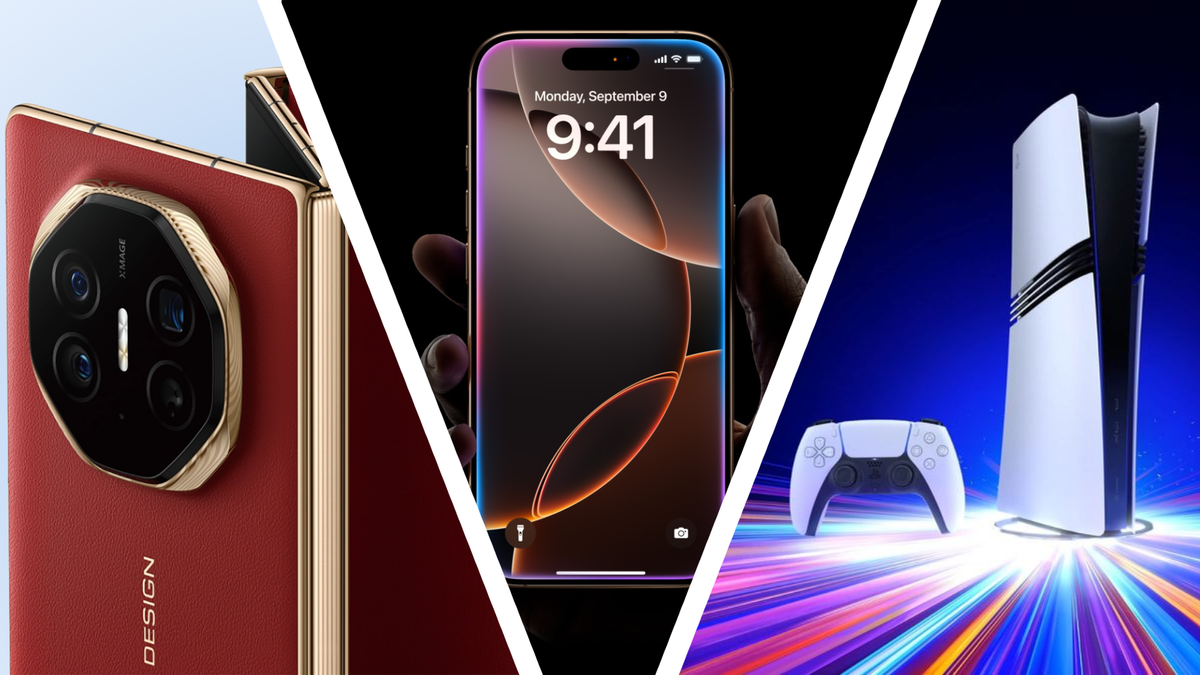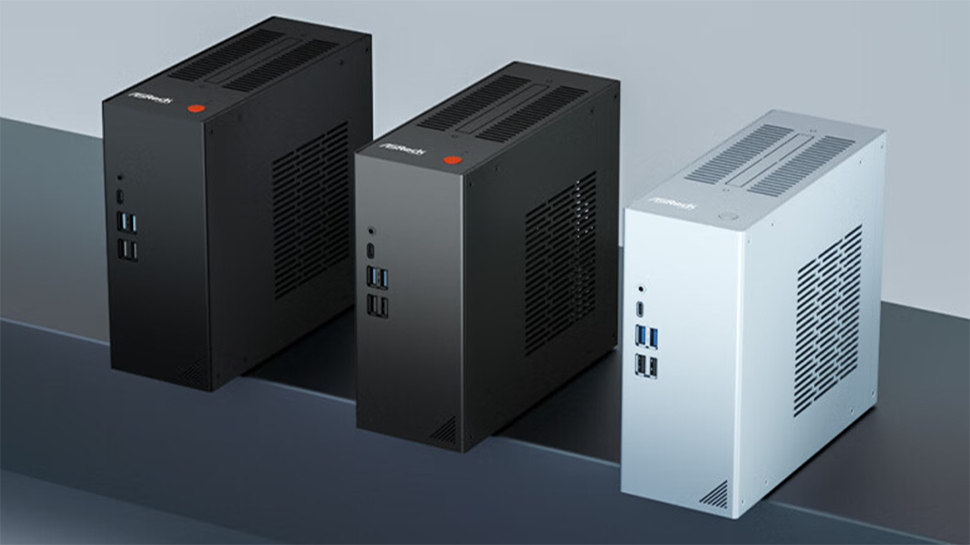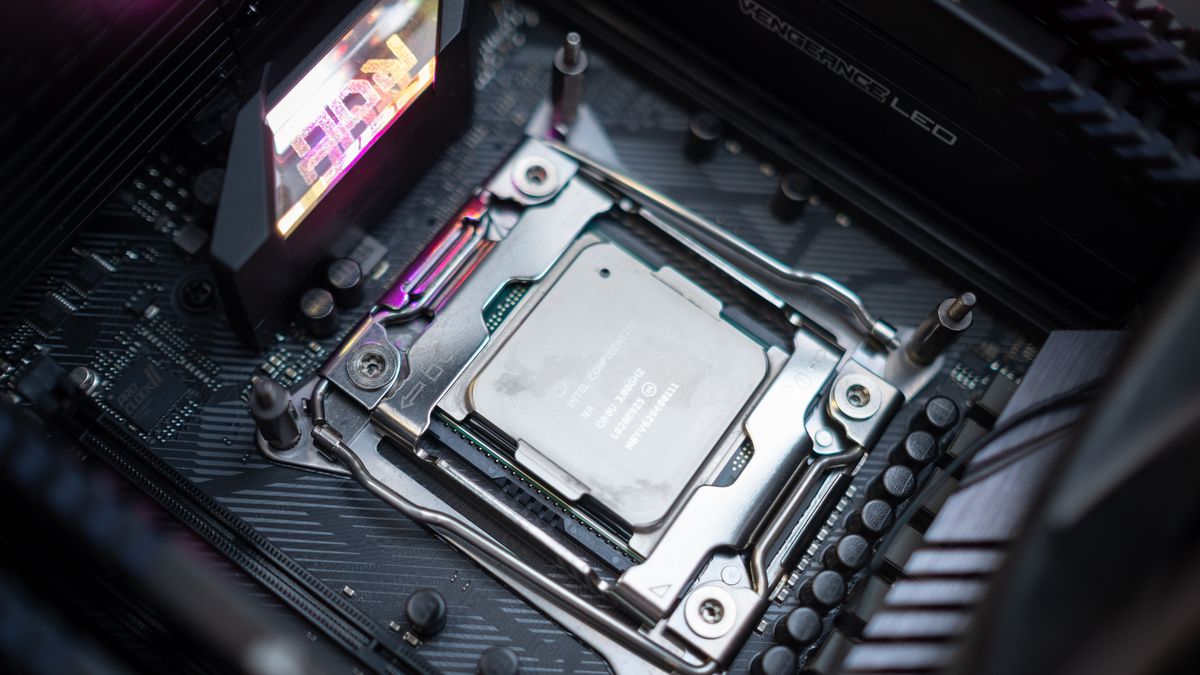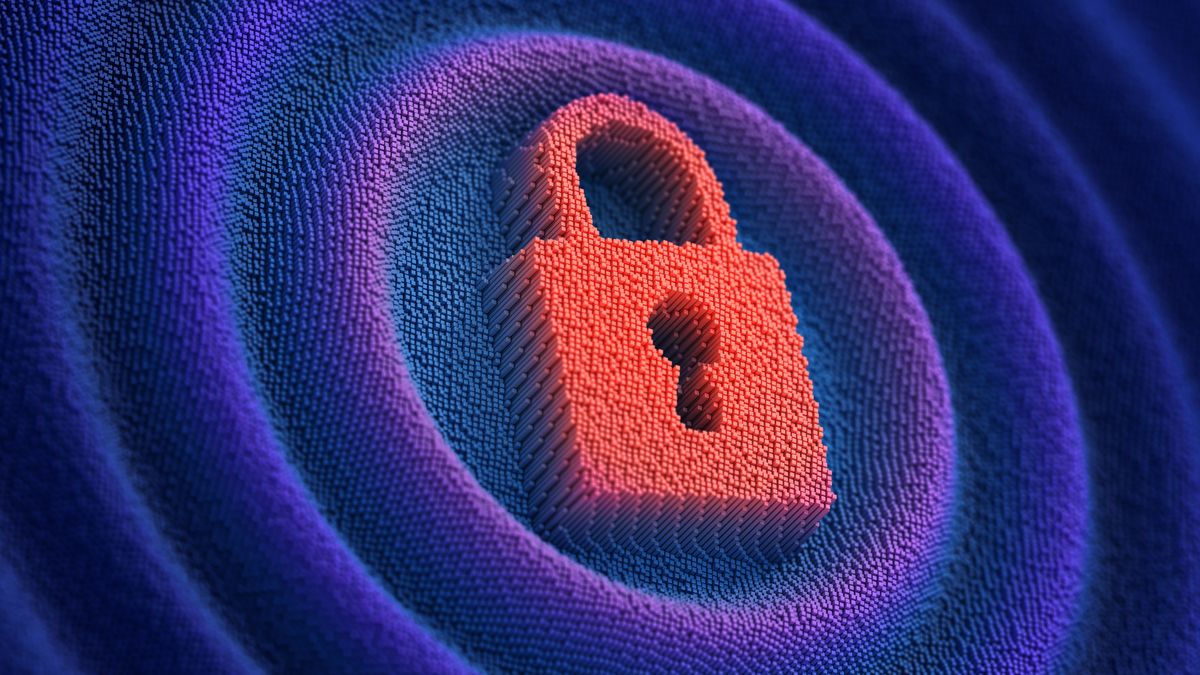Wow! Just as IFA 2024 was winding down, we had an Apple iPhone event, a PS5 Pro announcement, and a new version of ChatGPT to test out, along with plenty of other major tech updates.
To help you catch up on everything, we've rounded up the seven biggest tech news stories of the past week and condensed them into this quick ICYMI roundup.
Once you're caught up, you should also check out our picks for the seven new movies and TV shows you should stream this weekend on Netflix, Prime Video, Max, and more.
7. Sony launched the PS5 Pro
After months of increasingly strong rumors, Sony has finally revealed the PS5 Pro, a substantially more powerful version of the PS5.
With upgrades focused on graphical improvements, Sony claims the PS5 Pro’s upgraded graphics card will be able to render 45% faster than the base PS5. Add to that advanced ray tracing capability and a new AI-powered upscaling technology called PlayStation Spectral Super Resolution, and we could be in for some real treats as the company pitches the console as a machine that will simply remove the need to choose between fidelity and performance modes in games.
It does cost quite a bit, though, with a launch price of $699 or £699, and it won't even come with a disc drive or a vertical stand.
PS5 Pro pre-orders begin at PlayStation Direct on September 26 and at other US and UK retailers on October 10.
6. It's time for the iPhone 16 to shine
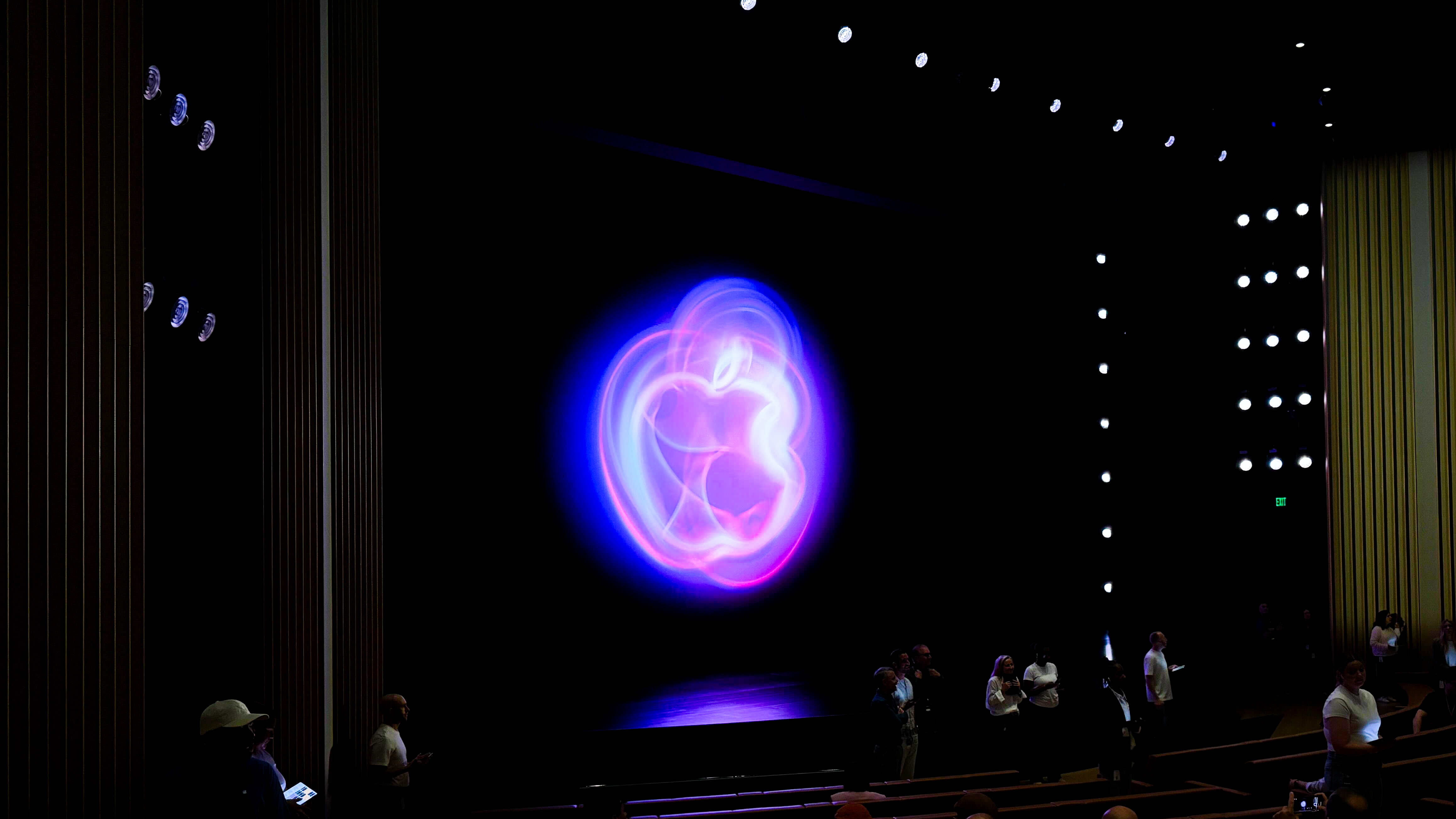
Apple unveiled four new phones that feature new chips, new hardware, and new capabilities, and the jury is split on whether this is a revolution or an evolution. There's that new Camera Control (it's not a button if you ask Apple) that gives you instant access to the iPhone 16's camera (yes, it's on all new phones) and it's gesture-sensitive for access to even more controls.
There are A18 chips to go around, though the iPhone 16 Pro and 16 Pro Max have the more powerful A18 Pro. Perhaps that extra power will help power the now slightly larger displays on both devices. All that Apple Silicon will be tasked with powering Apple Intelligence (Apple’s AI brand), which will arrive on these phones shortly after they ship to consumers later this month.
All four iPhone 16 models have received camera improvements, and we now have zoom parity between the two Pro models. There's also consistent support for spatial photography (great news if you have a VR headset to view it).
Finally, we have color and titanium tone improvements across all models. The colors of the iPhone 16 and 16 Plus are especially attractive.
Is it time to upgrade? It's too early to tell, but stay tuned to this space for further guidance.
5. The Apple Watch has also been updated
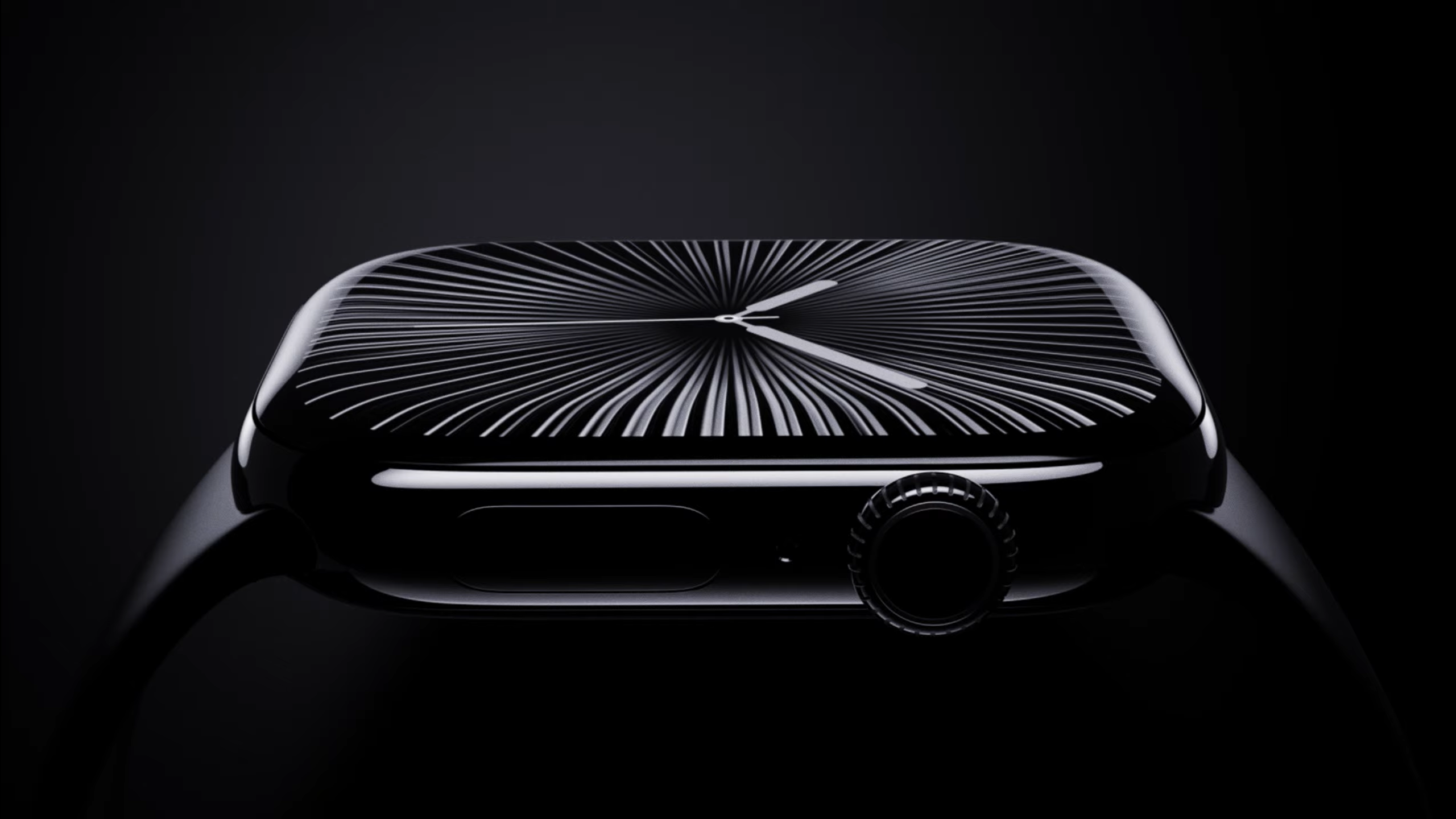
Apple also used its Glowtime event to introduce us to a new smartwatch, this time with a larger, brighter display, a slimmer body, and a few new features, including the ability to play music through its speaker as a backup when your AirPods run out of charge (though it's a little odd that that wasn't possible before) and sleep apnea detection.
The new smartwatch launches on September 20 for $399 / £399 / AU$649 and we were pretty impressed with it when we tested it out for our hands-on Apple Watch Series 10 review.
The only major complaint we have so far is that Apple hasn't made room for a larger battery (a problem that continues to occur with Apple's smartwatches), though it has introduced faster charging which might help mitigate this issue. We'll have to wait and see.
4. We have new AirPods and headphones from Apple.
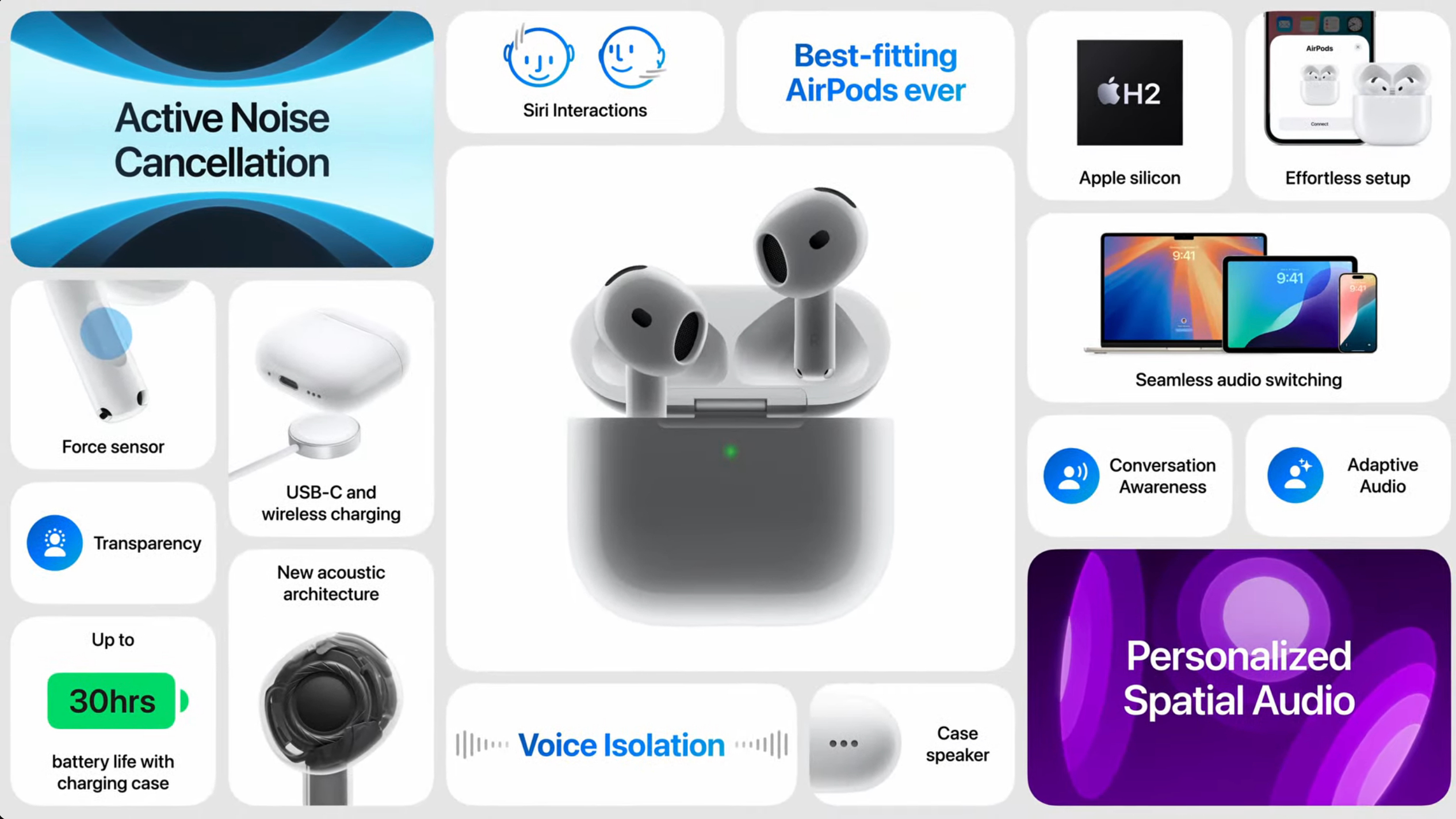
During the Glowtime festivities we also saw the arrival of the new Apple AirPods 4… well, two new AirPods 4. One version (costing $179 / £179 / AU$299) comes with active noise cancellation and related features like a transparency mode so you can hear the world around you better, while the other, cheaper model ditches ANC to offer a more entry-level option (costing just $129 / £129 / AU$219).
But the big announcement came with the AirPods Pro 2, which now have FDA approval to be used as hearing aids. They'll offer hearing protection and a hearing test feature, too, all at no additional cost. The AirPods Pro 2 won't have the battery life of full-blown earbuds, but they're much cheaper and could act as a solid middle-of-the-road option for people who want to explore getting a hearing aid but aren't ready to shell out money for something more expensive.
3. The Strawberry project became the new ChatGPT
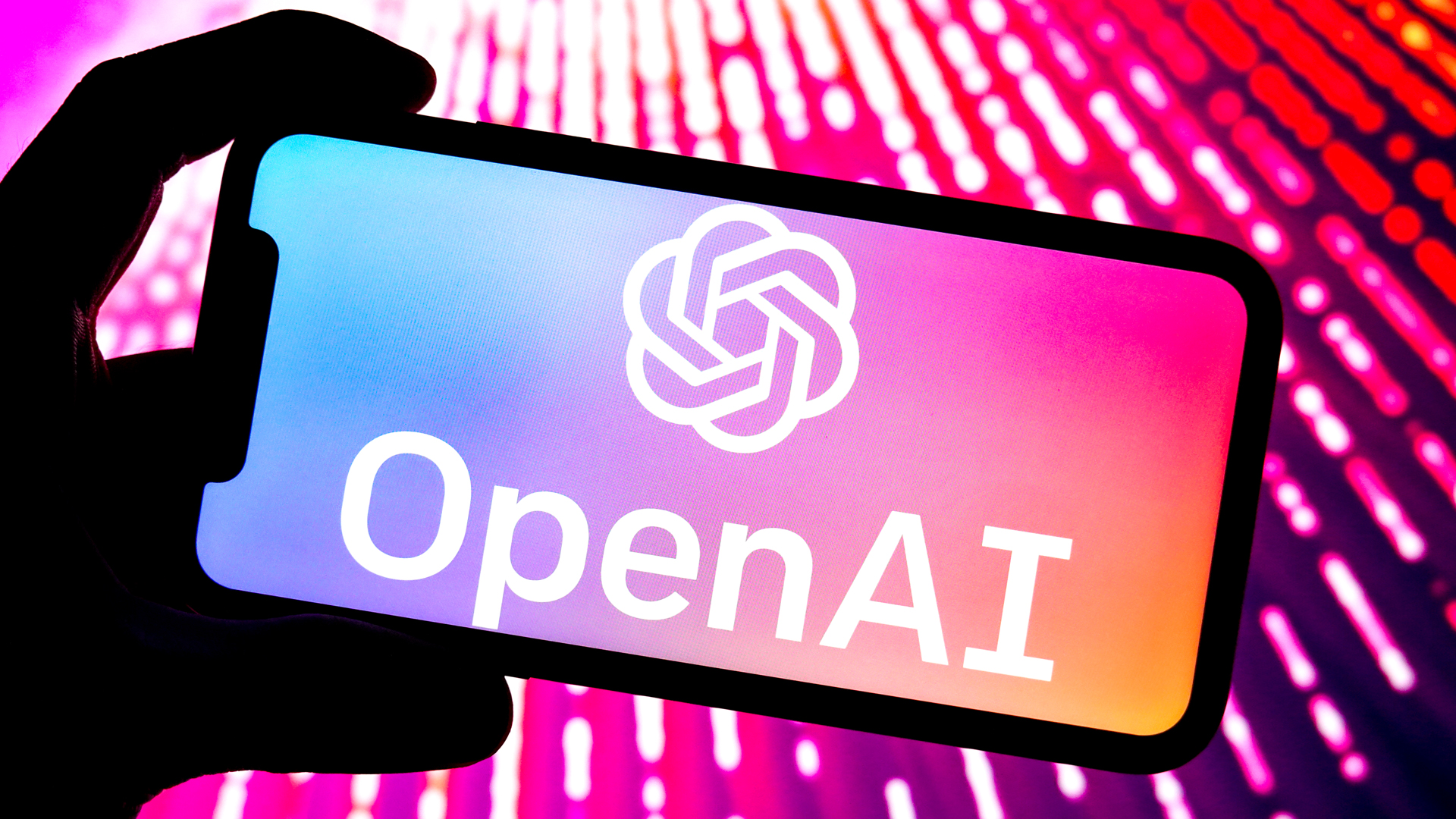
The next generation of ChatGPT is here and you can try it out now, provided you're a subscriber to ChatGPT Plus, which costs $20 or £16 per month. Initially called Project Strawberry, the new chatbot is actually called “o1-preview” in the ChatGPT interface and can be accessed from the drop-down menu at the top left of the screen.
Strawberry is much better at solving math problems than previous versions of the popular chatbot, and OpenAI says this more powerful prerelease o1 performed “similarly to PhD students on challenging benchmark tasks in physics, chemistry, and biology.”
2. A Fitbit Premium feature has become free
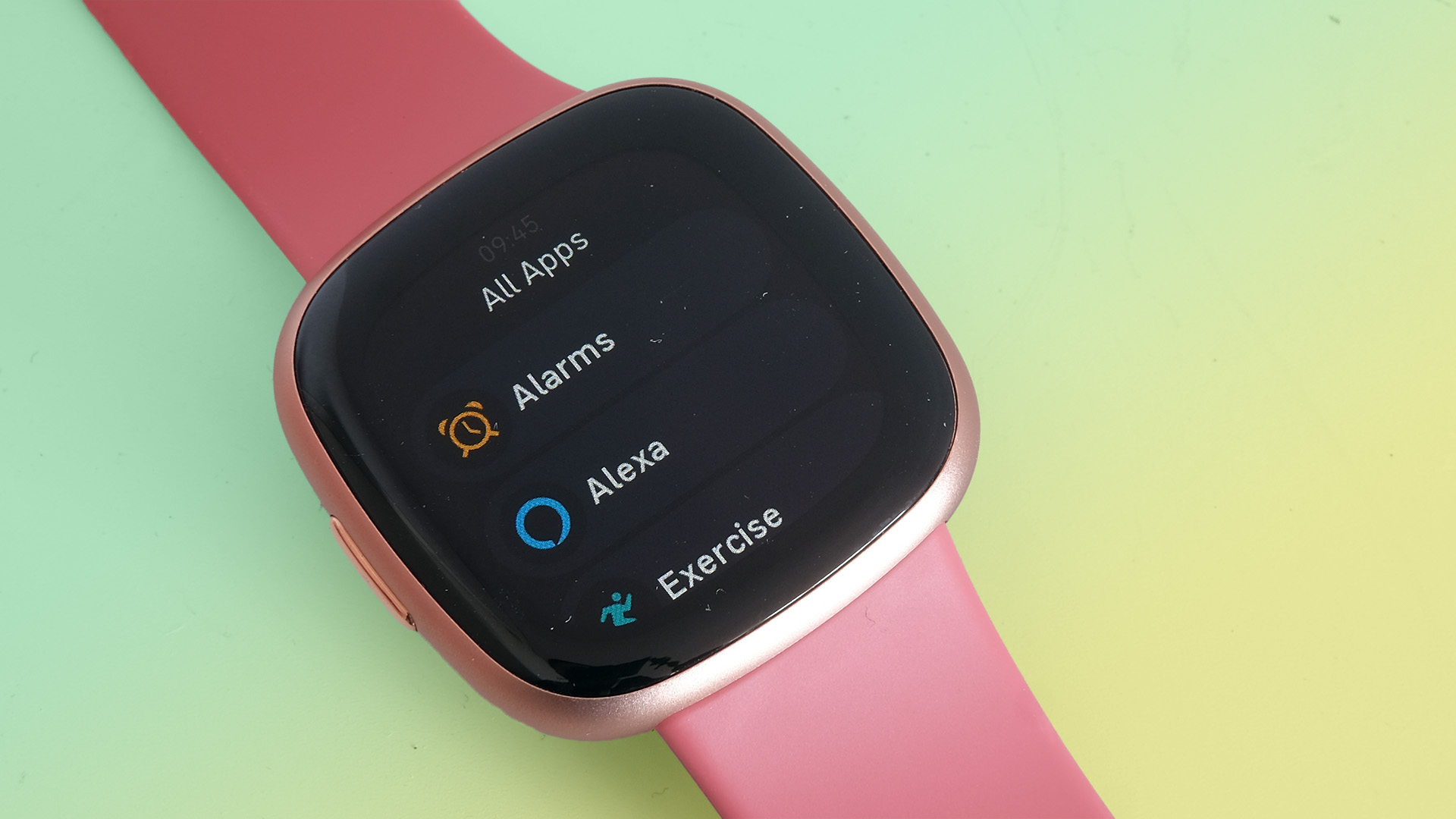
The Google Pixel Watch 3 got Fitbit Premium’s Daily Readiness Score as a free feature, and now older Fitbit trackers and smartwatches are getting the same treatment. The Daily Readiness Score is an overview of how ready you are to take on the day and a big workout based on your resting heart rate, heart rate variability, and recent sleep patterns, and it’s useful for knowing whether you need to take it easy or push yourself a little harder.
Now, instead of having to pay for Fitbit Premium, users with a Pixel Watch, Pixel Watch 2, Sense, Sense 2, Versa 2, Versa 3, Versa 4, Charge 5, Charge 6, Inspire 2, Inspire 3, or Luxe can access this feature in their Fitbit app for free once they update to version 4.23.
1. Huawei unveiled the world's first tri-fold foldable phone
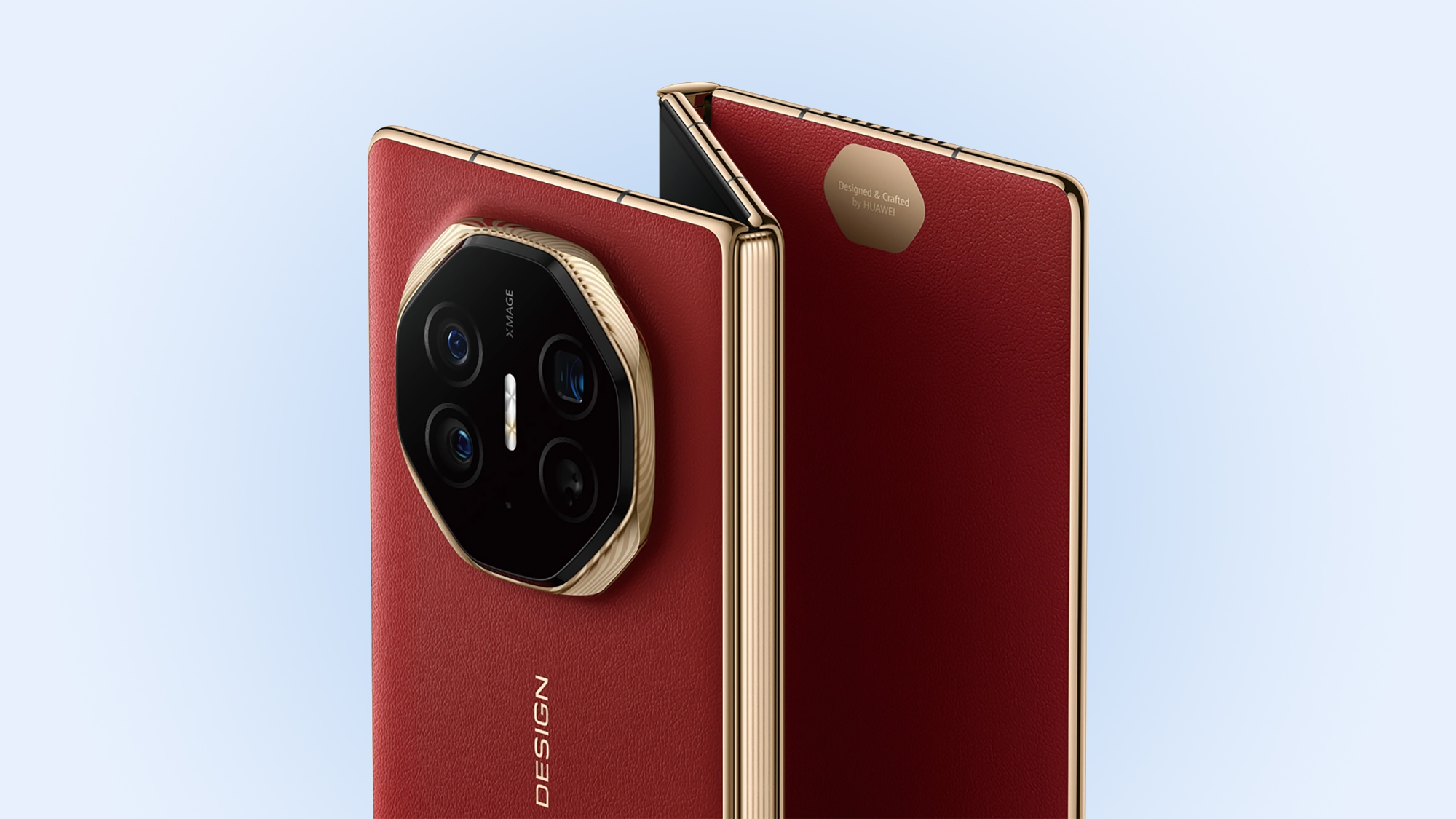
Foldable phones still only account for about 1.5% of the global smartphone market, but that hasn't stopped Chinese mobile giant Huawei from pushing the technology further.
This week, the company unveiled the Huawei Mate XT, the first triple-screen, dual-hinge phone available on the market. Yes, you read that right: triple-screen phone. When folded, the Mate XT’s front OLED display measures a traditional 6.4 inches, but when fully unfolded, the new device occupies three separate screens and takes up a whopping 10.2 inches.
Of course, all that display space comes at a price. The Huawei Mate XT, which is currently only available in China, starts at 19,999 yuan (around $2,810 / £2,150 / AU$4,220) for the model with 256GB of storage. To put that into context, the cheapest version of the Samsung Galaxy Z Fold 6 (aka the most expensive of the best foldable phones of 2024) costs $1,899.99 / £1,799 / AU$2,749. But since when is innovation cheap?

